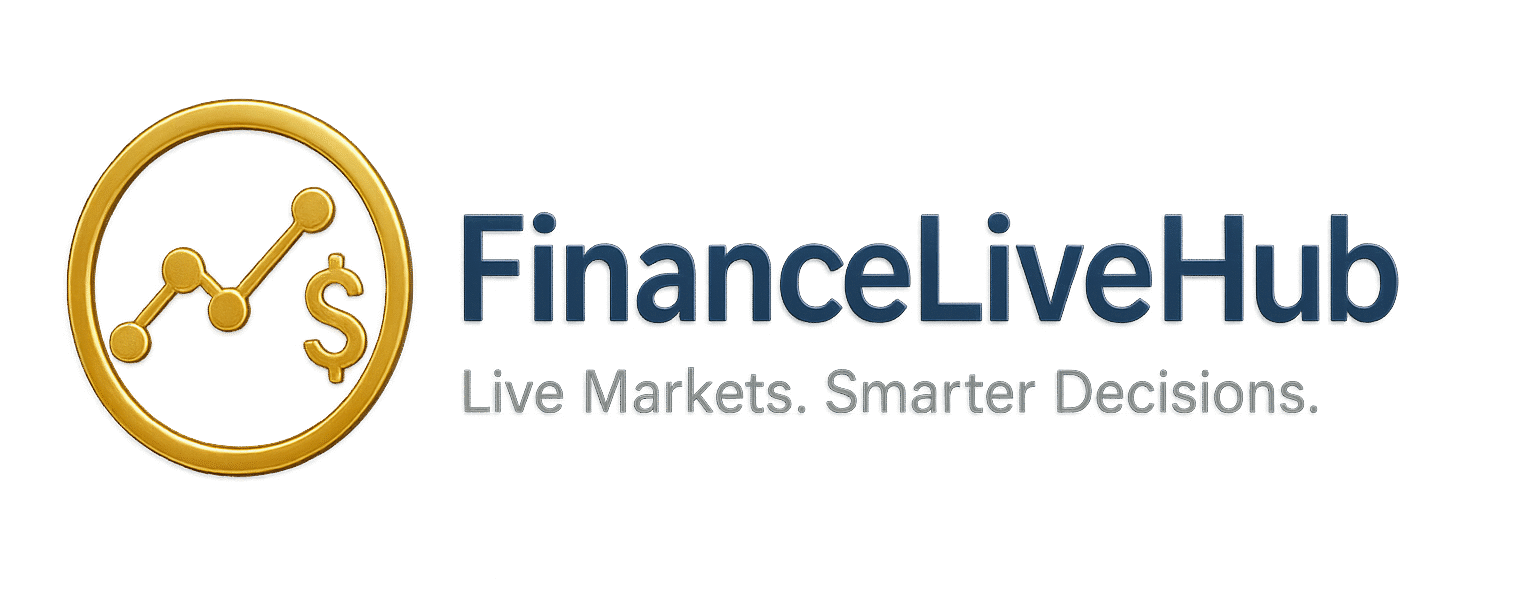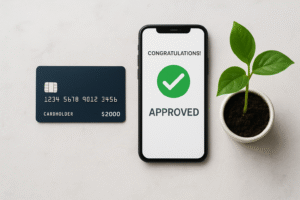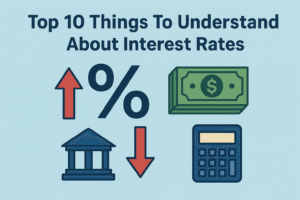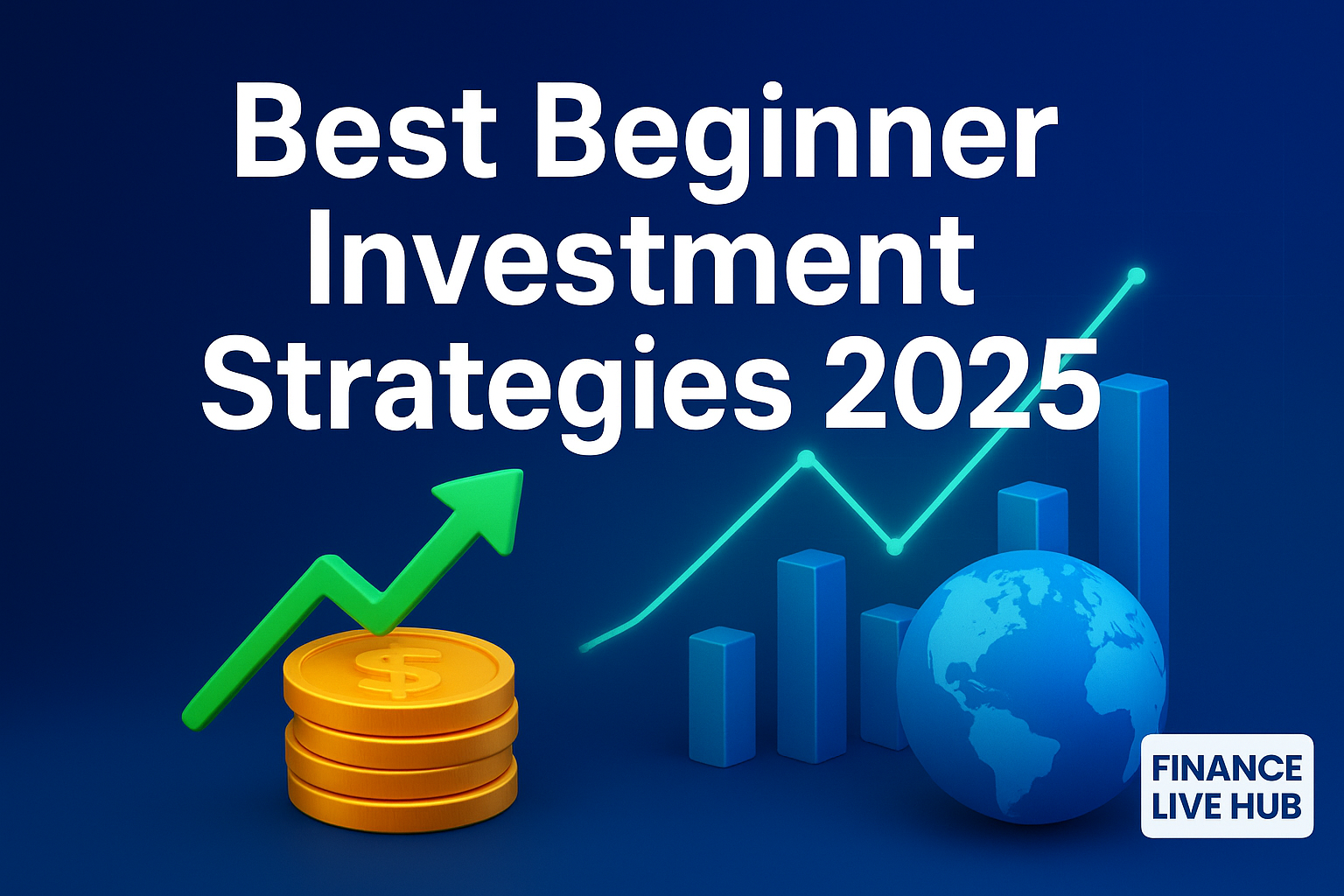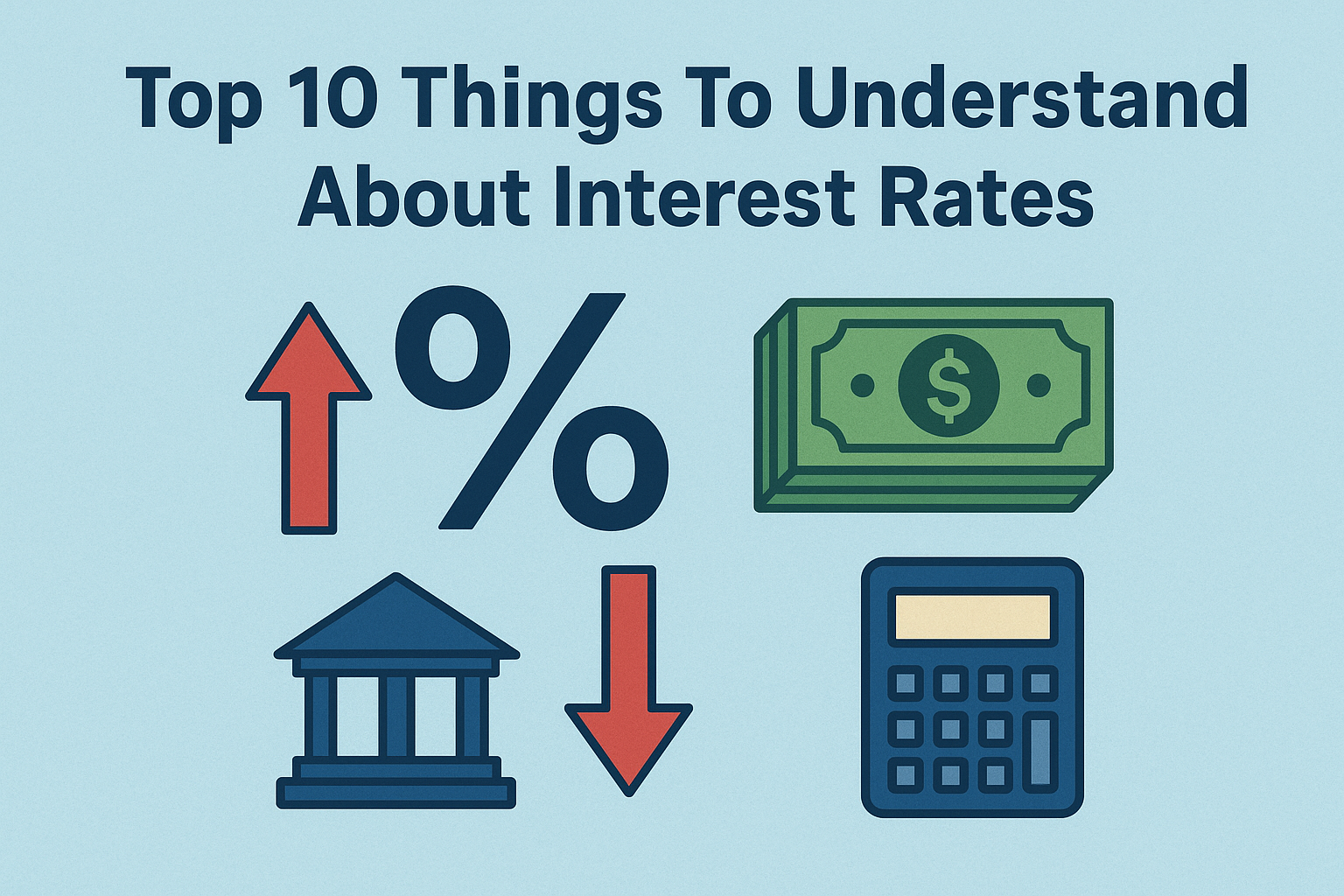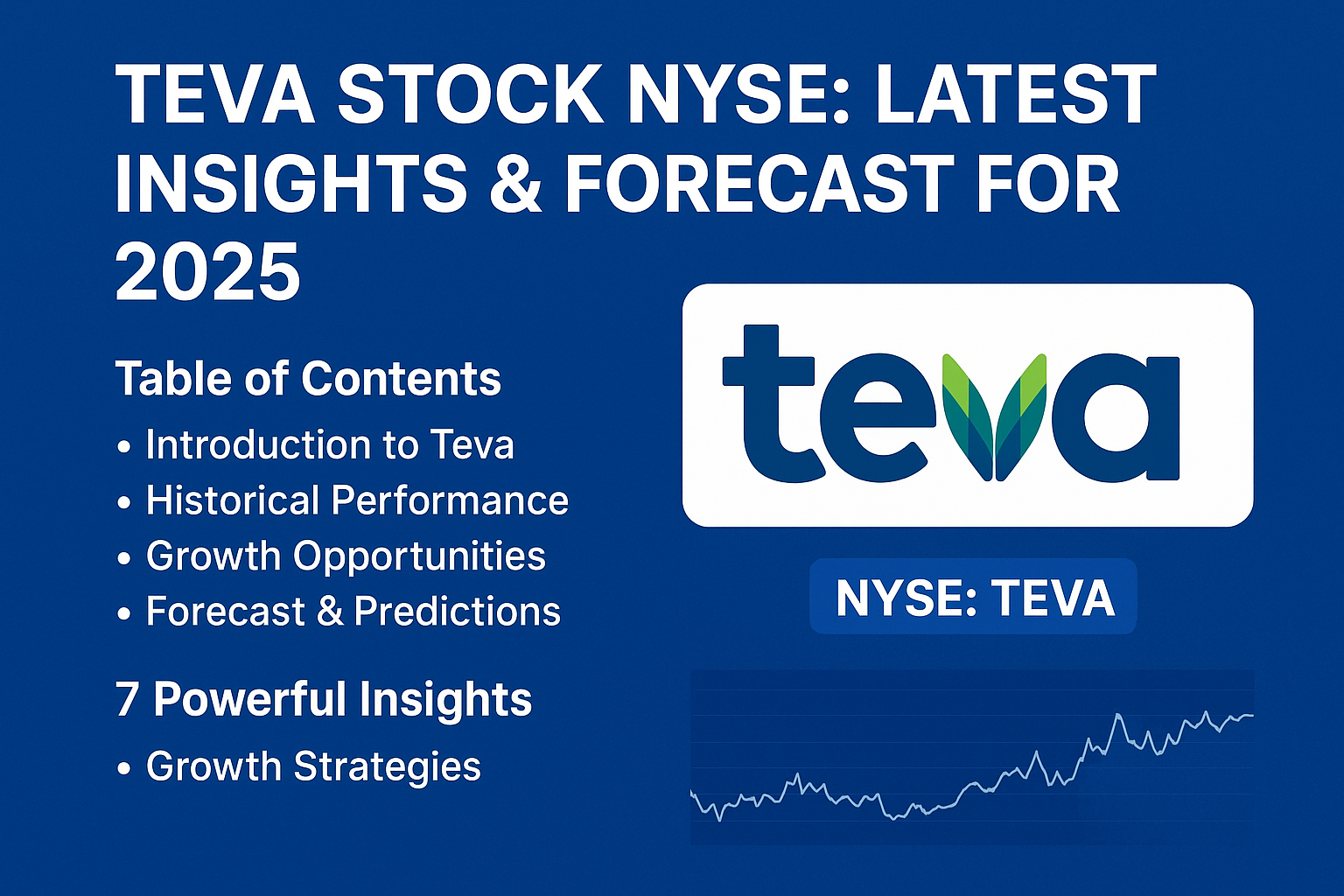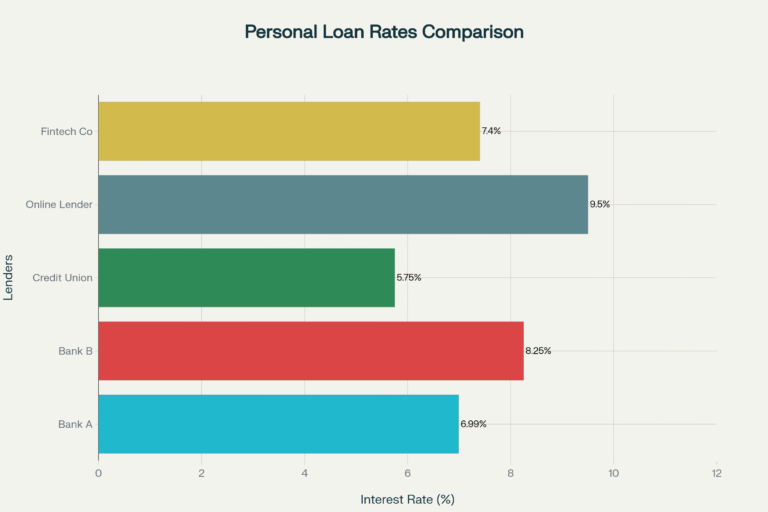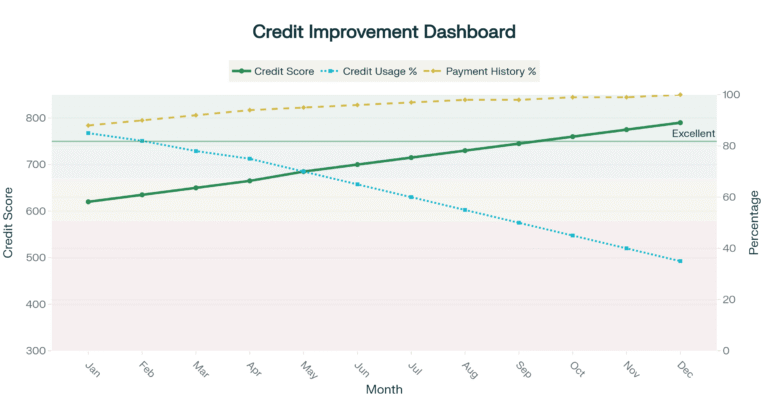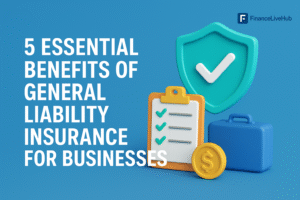The year 2025 brings a changing economic picture: rising prices and modest growth make saving under your mattress a losing game. In this climate, knowing how to invest in 2025 is crucial for protecting and growing your money. As a beginner, you have many tools at your disposal. This guide walks through the best beginner investment strategies, from stocks to savings accounts, in clear, friendly language. We’ll cover each option step-by-step, outline pros and cons, and share practical tips so you can start investing with confidence and avoid common beginner mistakes.
Why Invest in 2025
Even if rates are higher than a few years ago, parking cash in a normal savings account may barely keep up with inflation. High inflation means your dollars lose purchasing power over time. By contrast, sensible investment strategies can help your money grow faster than inflation. Starting early – even with a small amount – takes advantage of compounding. For U.S. investors, contributing to retirement accounts and low-cost funds can secure your future while staying ahead of rising costs. Keep in mind that any stock-market investing involves risk, but being informed and diversified is the best way to get started.
Index Funds: Low-Cost Diversification
An index fund is essentially a basket of stocks (or bonds) designed to mirror a market index like the S&P 500. For beginners, index funds are popular because they require little work. When you buy an index fund, your money automatically spreads across hundreds (or thousands) of companies. This broad diversification means you avoid the risk of betting on a single stock. Over time, index funds tend to track the overall market’s return – in a good market they grow, but they will also fall when the market falls.
How to get started:
-
Open a brokerage account or IRA. You can use a brokerage like Vanguard, Fidelity, Schwab, or any app with no minimums.
-
Choose a broad index fund. For example, a total U.S. stock index fund or an S&P 500 fund covers large U.S. companies.
-
Consider your risk. If you want more stability, look at a total bond market index fund or a conservative mix. Otherwise, a simple 100% stock index fund can be fine if you have a long time horizon.
-
Start small and automate. Even $50 or $100 can begin growing. Set up automatic transfers or contributions monthly so you invest consistently.
Pros:
-
Instant Diversification: You get exposure to hundreds of stocks with one purchase, so one bad company won’t sink your entire portfolio.
-
Low Costs: Index funds usually have very low expense ratios (often 0.1%–0.3%).
-
Balanced Portfolio: With just a few index funds (U.S. stocks, international stocks, maybe bonds), you can cover the whole market.
-
Tax Efficiency: Because they rarely trade stocks, index funds often generate fewer taxable events than actively managed funds.
Cons:
-
Market Returns Only: Index funds match the market. You won’t “beat” the market – in a downturn your fund falls, and in an up market it rises.
-
Taxes on Dividends: Any dividends or capital gains the fund earns are passed to you as taxable income (unless in a tax-advantaged account).
-
Minimum Investments: Some index funds have minimum purchase requirements (e.g., $500–$3,000). If that’s too high, look for index ETFs (next section) which often have no minimum.
Exchange-Traded Funds (ETFs): Flexible Investing
Exchange-Traded Funds (ETFs) are very similar to index funds but trade like stocks on an exchange. You buy shares of an ETF through your broker during market hours, using its ticker symbol. An ETF might track the S&P 500, a bond index, a sector (like tech or health care), or almost anything. The advantage for beginners is flexibility. Many popular ETFs have expense ratios well below 0.2%.
How to get started:
-
Use a brokerage account (same as for index funds).
-
Screen or search for ETFs. Look for broad-market ETFs (e.g., total stock market, S&P 500, total bond market).
-
Buy the ETF. Enter the ETF’s ticker (e.g., “VOO” for the Vanguard S&P 500 ETF) and place a market or limit order.
Pros:
-
Diversification: Like index funds, each ETF holds many securities.
-
Low Fees: ETFs that track indexes have low expense ratios (often <0.2%).
-
Liquidity: ETFs trade daily, so you can buy or sell anytime the market is open.
-
Tax Efficiency: ETFs are usually tax-efficient with low turnover.
Cons:
-
Market Risk: ETFs are still stocks. If the overall market or the ETF’s sector falls, so will your investment.
-
Trading Temptation: Because you can trade ETFs any minute, beginners might be tempted to buy/sell based on short-term news.
-
Bid-Ask Spread: Very small downside—ETFs have buy/sell spreads (usually tiny for big funds).
-
Overdiversification Risk: Owning too many similar ETFs can lead to overlapping holdings.
High-Yield Savings Accounts: Safe Cash Management
A high-yield savings account (HYSA) isn’t exactly an “investment” like stocks or funds, but it’s very beginner-friendly. It’s simply a savings account (usually at an online bank) that offers much higher interest than a typical bank. In 2025, top HYSAs pay around 4–5% APY, compared to ~0.4% on ordinary savings. This means your cash grows at a reasonable rate without any risk to the principal.
How to get started:
-
Find a top-rated online bank.
-
Ensure FDIC insurance.
-
Open the account online.
-
Deposit funds and set auto-transfers.
Pros:
-
Safety: No risk of losing principal. Deposits are FDIC-insured up to limits.
-
Liquidity: You can withdraw anytime.
-
Better Interest: A HYSA’s APY (4–5% today) vastly exceeds a regular bank’s 0.01%.
-
Beginner Simplicity: No need to pick funds or learn stock markets.
Cons:
-
Modest Returns: Even 5% APY is lower than long-term stock returns.
-
Interest Rate Risk: HYSA rates follow the Federal Reserve’s policy. If the Fed cuts rates, HYSA APYs will drop too.
-
Withdrawal Limits: Certain withdrawals may be limited each month.
-
Temptation to Spend: Easy access means you might dip into savings.
Robo-Advisors: Automated Portfolio Management
Robo-advisors are online platforms that automatically invest your money based on algorithms. To start, you answer a questionnaire (goals, risk level, timeline), and the robo-advisor picks and manages a portfolio for you, usually made up of ETFs or index funds.
How to get started:
-
Pick a robo-advisor. Options include Betterment, Wealthfront, Vanguard Digital Advisor, SoFi Automated Investing, and many others.
-
Sign up and set your profile.
-
Link your bank account.
-
Fund and let it run.
Pros:
-
Hands-off Investing: The robo does the work with minimal effort from you.
-
Low Fees: Robo fees are low compared to human advisors.
-
Diversification & Rebalancing: Portfolios include a mix of assets, rebalanced automatically.
-
Accessible Tools: Some robos provide helpful learning resources.
Cons:
-
Still Paid Service: You will pay a fee, which adds up over time.
-
Limited Customization: You can’t hand-pick individual stocks.
-
Lack of Human Advice: At basic levels, you won’t get a human financial advisor.
-
Account Minimums/Fees: Some robos charge monthly fees or require minimum balances.
Retirement Accounts and Other Tips
Don’t forget the power of tax-advantaged retirement accounts. For beginners, contributing to a 401(k) or IRA is one of the best moves. If your employer offers a 401(k) with a match, that match is essentially free money. Otherwise, open an Individual Retirement Account (IRA). Whether you choose a Traditional IRA (tax deduction now) or Roth IRA (tax-free growth later), you can invest those retirement dollars in exactly the same index funds or ETFs discussed above.
Similarly, Certificates of Deposit (CDs) or short-term U.S. Treasuries are conservative spots for cash you won’t need for a fixed period.
Other beginner investment tips:
-
Start small and learn.
-
Educate yourself.
-
Diversify and don’t panic.
-
Automate when possible.
-
Review occasionally.
Conclusion
Investing can feel intimidating at first, but by focusing on simple, proven strategies – broad index funds, ETFs, safe savings, and automated plans – you’ll be following the best beginner investment strategies for 2025. Remember, for U.S. beginners, the combination of tax-smart retirement accounts, diversified funds, and even high-yield savings will form a solid foundation.
